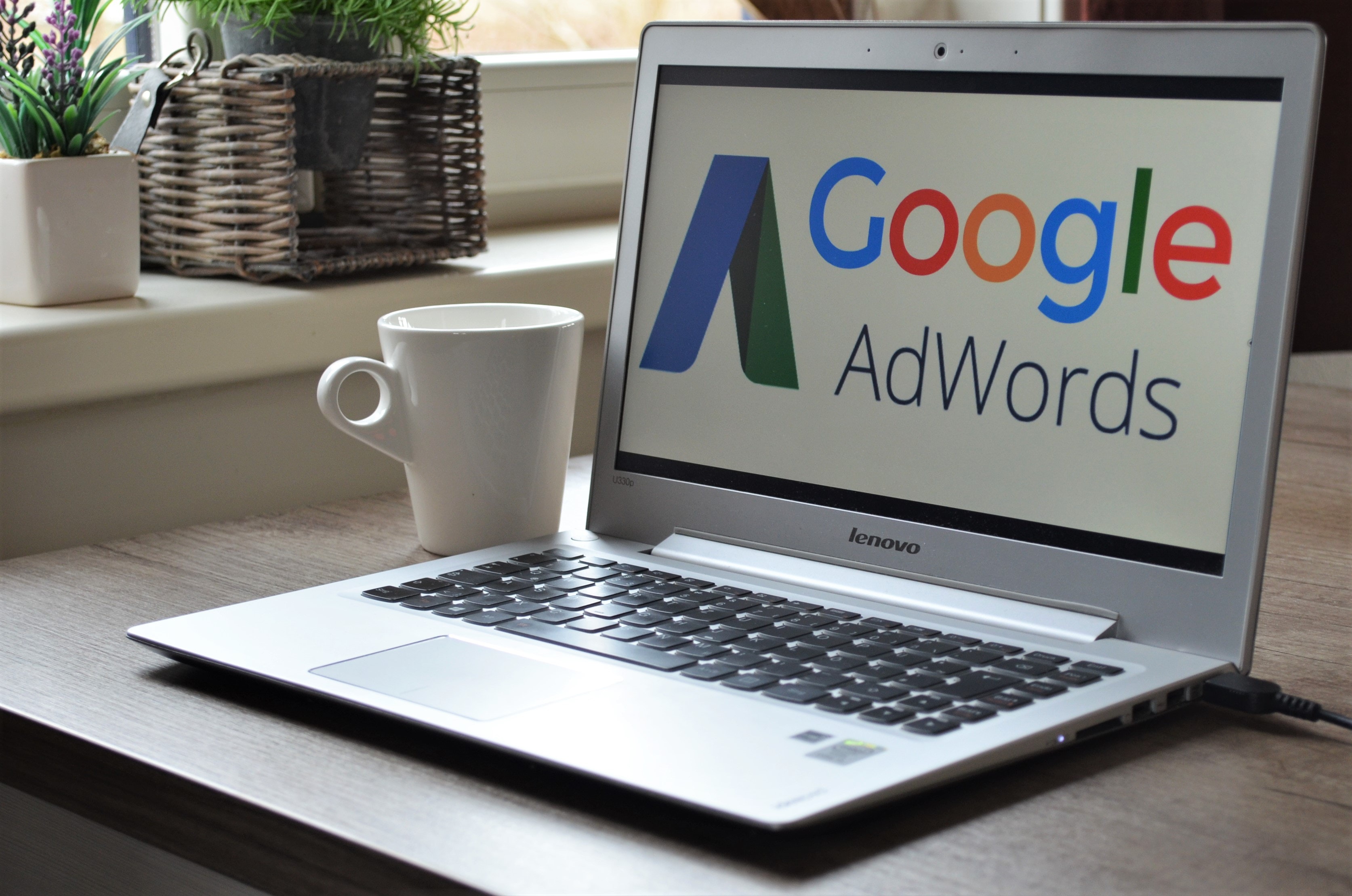
Content creation: Planning a Blog Post in 5 Easy Steps
Creating a high-quality, interesting, long-form blog post can be daunting and overwhelming — especially if you are not entirely familiar with a specific brand or the target audience it’s going after.
The level of competition is tougher than ever in the online marketing world. Effective planning is, therefore, a key component of creating a high-quality blog post that your readers would love.
So, how do you do that?
In this blog post, we take a look at the planning phase of writing a blog post, the approach you’d need, and how you can quickly and easily plan a blog post in 5 easy steps.
Let’s begin.
1. Understand the brand and target audience
Understanding the brand/company you are writing for and the readers you are aiming to target is the most important and first planning phase.
It’s important because when you are writing a blog post for a brand, you are being its voice. You need to be aware of the overall voice, tone, and style of the brand. It could be your own brand — you could be writing your own blog posts — but the brand’s voice may be different than your own, and acknowledging it is important.
Your blog posts should be in line with the brand’s editorial guidelines, tone, and image.
Similarly, understanding the target audience (blog readers and potential prospects) is equally important.
Identify who you are writing for, why they are reading your content, what they like and dislike, and what you can do through your content to improve their life and solve their problems.
If you are writing for a brand for the first time, the best way to do that is by talking to the editor or another writer. You can also read old blog posts that were published by the brand. By reading older blog posts, you would learn much about the general style, tone, voice, and target audience.
2. Finding interesting topics
This is the planning phase that most writers struggle nowadays.
Because there is so much content available on the web, it can be difficult to come up with original, thoughtful ideas that are interesting as well as useful.
Here are a few ways to help you through this phase:
- Read older blog posts and identify any gaps in ideas that were never filled.
- Identify the best performing blog posts (hint: use Google Analytics) and see what other angles you can explore.
- See what your competitors are doing. Identify their most popular blog posts (hint: use BuzzSumo) and try to improve on those ideas.
- Use free resources like 103 blog post ideas to get inspiration.
3. Keyword research
Once you have identified the topic that you are going to write about, the next step in the planning phase is to identify the keywords you are going to target.
Use the free Google Keyword Planner tool to identify keywords with high search volume and low competition. Ideally, the primary keywords should also be long-tail.
Also, don’t forget to come up with some LSI keywords to include in your content to add more context for search engines.
Shortlist all the keywords in a separate sheet.
4. Research
The web is so full of content right now that whatever topic you come up with, chances are that someone else would have written about it.
It’s not necessarily a bad thing, though.
You can use those blog posts by other bloggers for research. The idea is to make your new content better than all the other pieces that can be found on the web.
For example, if someone has written about 50 search engine factors, you could do all 200 search engine factors along with images, screenshots, and case studies.
As a general rule, research at least 10 good articles and note down the good points from each piece. Also, don’t forget to note down the things that you believe you can improve.
5. Creating engaging headlines and CTAs
Regardless of how good and well-researched your content is, a lot depends on its headline. If the headline is good and enticing, more people would click on it, read the content, share it on their social profiles, and convert into customers.
None of that will happen if the headline isn’t attractive and engaging.
The idea to is to first think of a headline before writing the content and then revisit it once you have finished the blog post and see if requires any tweaking. It’s also recommended to come up with at least 4 to 5 different headlines for your blog post and then pick the best one.
Similarly, you also need to work on an engaging call-to-action (CTA). All posts have a purpose. You need to decide what you’d like your readers to do once they have finished reading your post.
Do you want them to buy something, sign up for your newsletter, share your post across social, or just leave a comment?
Conclusion
Planning is extremely important. A blog post without an effective plan is more likely to fail. In a world with so much content and competition, you need everything as perfect as possible, and that’s only achievable through planning.








